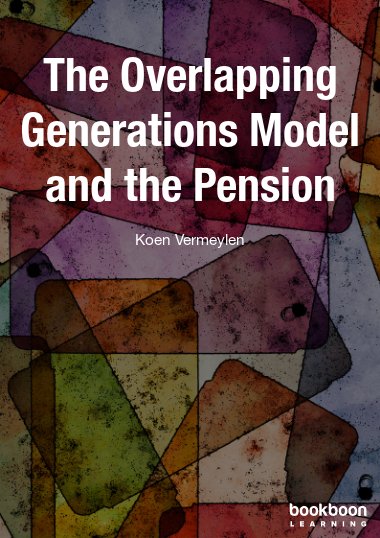This textbook provides a detailed summary of the key elements of The Overlapping Generations Model and the Pension System.

This textbook provides a detailed summary of the key elements of The Overlapping Generations Model and the Pension System.
This note presents the simplest overlapping generations model. The model is due to Diamond (1965), who built on earlier work by Samuelson (1958).
Overlapping generations models capture the fact that individuals do not live forever, but die at some point and thus have finite life-cycles. Overlapping generations models are especially useful for analysing the macro-economic effects of different pension systems.
The next section sets up the model. Section 3 solves for the steady state. Section 4 explains why the steady state is not necessarily Pareto-efficient. The model is then used in section 5 to analyse fully funded and pay-as-you-go pension systems. Section 6 shows why a shift from a pay-as-you-go to a fully funded system is never a Pareto-improvement. Section 7 concludes.
Koen Vermeylen